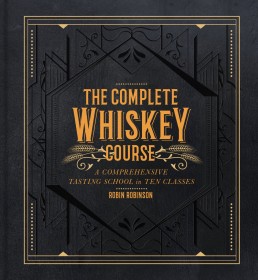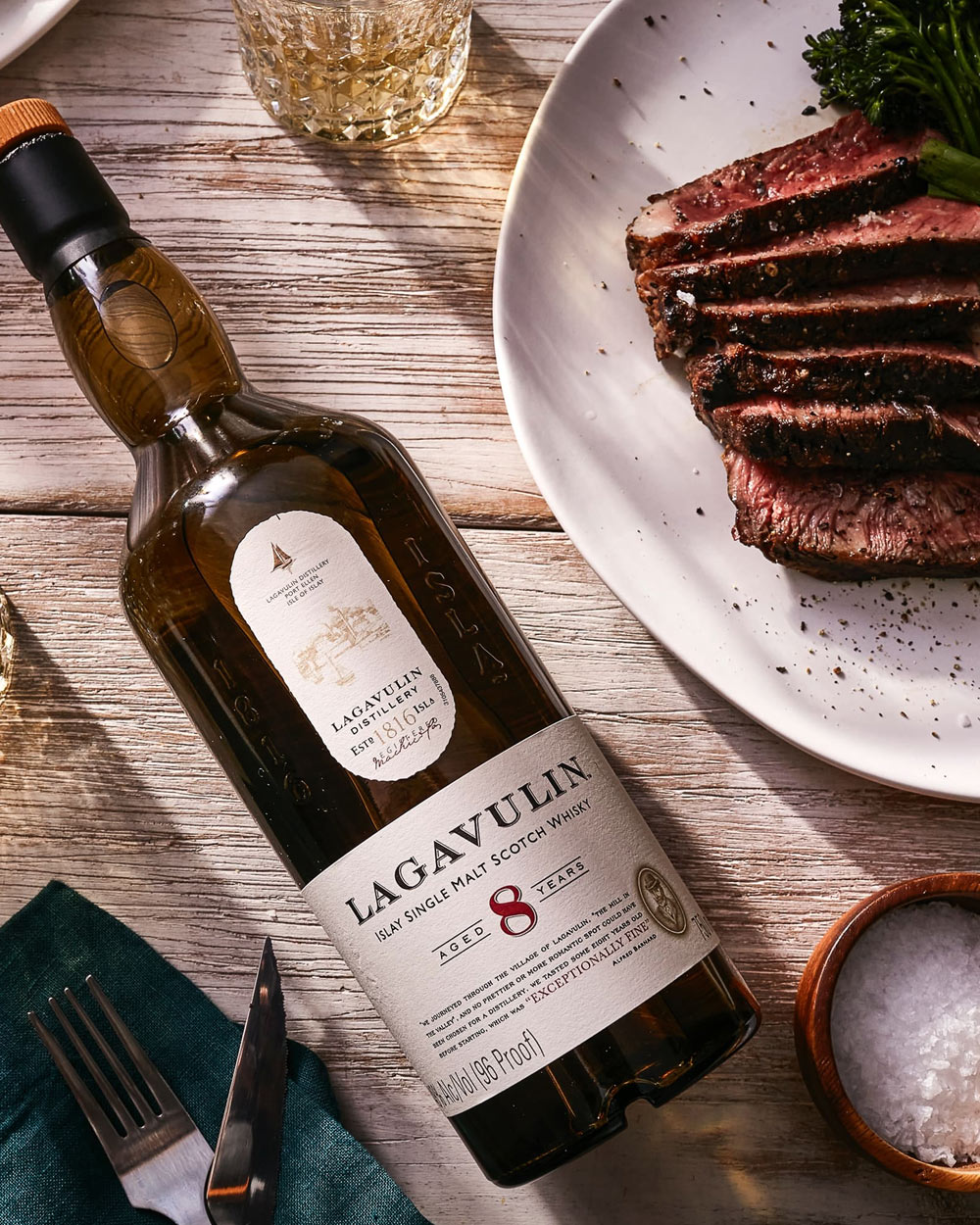Settle down, whiskey nerds, and take your seats!
Today we dig into Part IV of our Whiskey Class Series from Robin Robinson’s excellent book, “The Complete Whiskey Course: A Comprehensive Tasting School in Ten Classes.” In today’s lesson Robinson explains the types of vessels employed to make the water of life, then dives into what happens to distillate once it enters a barrel. The short answer? Nobody knows for certain.

Pot Stills, Column Stills, and Everything in Between
The point of distillation is to purify and make stronger by separation. In the case of whiskey and other alcoholic beverages, it separates the pure ethanol from water and other organic material (in this case, the beer). In whiskey distilling, there are two main types of distilling apparatus: a pot still and a column still. There are also hybrids of these, a pot with a column attached for example. The particular form of still used depends on what the distiller has in mind as the end result, the influence of tradition, how much of a hurry he or she is in, and how much money they have for equipment.
Pot stills come in a variety of sizes and shapes but as a general rule, pots with short, broad necks produce heavier spirit; stills with longer, higher necks produce lighter spirit.
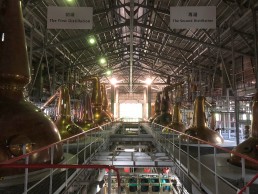
Pot distillation has the longest and most varied history, stemming from antiquity as the cucurbit, the bottom and the alembic, the top. The pot still process makes the most characteristic and varied of spirits. That’s mainly because pot distillation is inefficient and in many ways crude compared to column stills, carrying more of the heavier, unpredictable notes from the mash. And it’s those inefficiencies and rusticity that attract us with their unique flavors, as well as the individual characteristics about each pot design that shapes the flavor profile.
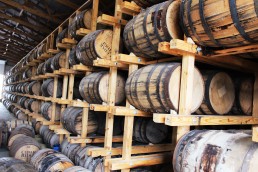
Wood and Whiskey
The barrels of today are small individual miracles of transformation and transference, whether they’re used for wine, brandy, whisky, tequila, or any number of spirits and fermented liquids. Even the most seasoned warehouse manager and distiller will admit they still don’t know all that goes on during maturation. The flavors associated with barrels and casks are some of the most recognizable and desired in the realm of the senses, so it’s worth a significant detour from the liquid held within them to explore the container itself.
The positive effect of wood on whiskey is so critical that methods to achieve it are universally practiced. Once relegated to anecdote and tradition, the use of the barrel or cask has become so integral to whiskey making that it commands its own branch of science and practices, often referred to as “wood management” regimens.
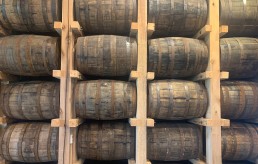
Three critical ways wood influences whiskey
1. Wood has an additive effect: It gives the whiskey all of its color (assuming there’s no caramel coloring added). It gives what are called “organoleptically” pleasing flavors, meaning flavors that are perceived by us as positive, like vanilla, coconut and spice.
2. Wood has a subtractive effect: Charred barrels pull out the off-notes that occur during fermentation and distillation, particularly sulfurs and other nitrogen-laden compounds that are displeasing to our palates.
3. Wood has an interactive effect: Wood is porous enough to breathe the air around it, transferring oxygen. As the barrel is subjected to intense shifts in temperature, the more it oxidizes the liquid within it, turning it from one chemical substance, called either “new make” spirit or “white dog,” to another: whiskey. This process of esterification, or the creation of desired fruity notes, is aided by oxygen. The same goes for the transformation of acetals, which are green and pungent, to acetaldehydes, which contribute notes of ripe, fresh fruit.
Want to become an instant whiskey expert? Buy The Complete Whiskey Course Today!
The Complete Whiskey Course, by Barleycorn tasting judge and contributor Robin Robinson, is a comprehensive but entertaining whiskey education rolled into ten “classes,” all in one book. Voted Best Whiskey Book of All Time by Book Authority, if you love whiskey, this belongs on your shelf, and should become well worn and heavily earmarked.

Robin Robinson
Robin Robinson is the author of The Complete Whiskey Course: A Comprehensive Tasting Guide in Ten Lessons, released in 2019 and winner of the 2020 Gourmand Award for Spirits Education. Robin created and teaches the popular “Whiskey Smackdown” series of classes at New York City’s renowned Astor Center, the longest running whiskey education class in the U.S., now in its 11th year.
